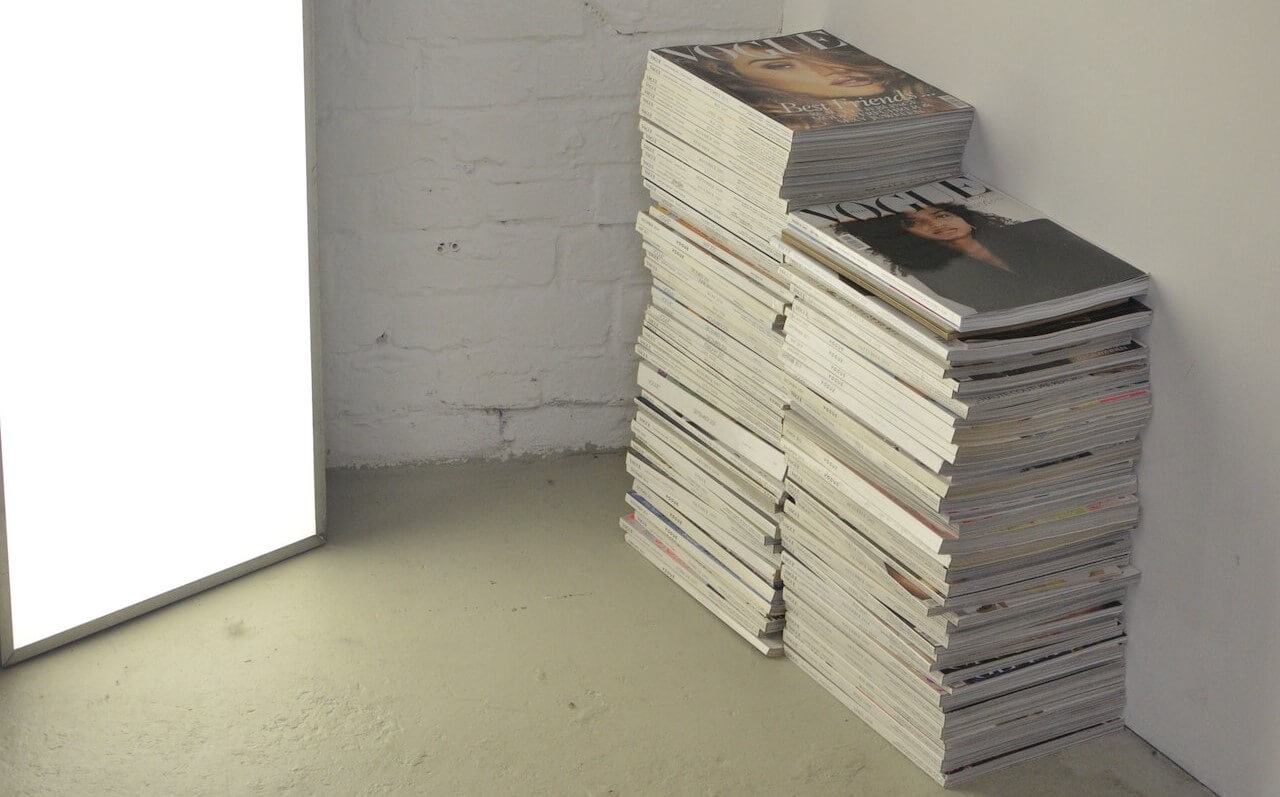Iconic Magazine Covers that Shaped the Fashion Industry

Fashion magazines have long been a source of inspiration and aspiration, capturing the essence of different eras and shaping the trends that define our personal style. While the content within the pages is undoubtedly influential, it is the iconic magazine covers that truly leave an indelible mark on the fashion industry. These covers transcend their purpose as mere marketing tools and become cultural artifacts, representing the evolution of fashion and reflecting the spirit of their time. From groundbreaking photography to striking design choices, they have the power to captivate, inspire, and shape the collective imagination. Join us on an immersive journey through the history of fashion as we explore the iconic magazine covers that have not only adorned newsstands but have also shaped the very fabric of the industry itself.
The Birth of Iconic Covers
In the early years of fashion magazines, publishers sought to establish a visual identity that would set them apart. Vogue, Harper’s Bazaar, and Elle emerged as influential publications, each with their own distinct approach. Vogue’s first cover in 1892 featured a society woman wearing a veiled hat, embodying the elegance and sophistication of the time. Harper’s Bazaar, founded in 1867, embraced a more artistic and avant-garde aesthetic, with covers featuring intricate illustrations and unconventional compositions. Elle, launched in 1945, brought a fresh and contemporary vibe to its covers, often showcasing bold fashion statements.
Revolutionary Covers that Defied Expectations
As the fashion industry evolved, so did the covers that adorned its magazines. In the 1990s, Vogue’s cover featuring Annie Lennox challenged traditional notions of gender and beauty. Lennox, with her androgynous appearance, became a symbol of empowerment and non-conformity. Harper’s Bazaar’s cover featuring a diverse group of models, including Naomi Campbell and Linda Evangelista, was a powerful statement against the prevailing standards of homogeneity in the industry. These covers not only defied expectations but also set new standards for inclusivity and representation.
Covers that Catapulted Careers
The 1980s and 1990s witnessed the rise of supermodels, and their influence extended beyond the runway to magazine covers. Cindy Crawford’s iconic cover for Vogue in 1991 showcased her all-American beauty, marking the beginning of her reign as a global fashion icon. Naomi Campbell’s covers for various publications, including Elle and i-D, solidified her status as a trailblazer for diversity in the industry. Kate Moss, with her ethereal beauty and waif-like figure, graced countless covers, epitomizing the spirit of the ’90s. These covers catapulted the careers of these supermodels and redefined the concept of beauty in fashion.
Merging Fashion and Art on Iconic Covers
Fashion and art have always shared a symbiotic relationship, and this synergy has been exemplified in collaborations between photographers, artists, and designers. The iconic cover of Vogue’s September 2007 issue, featuring a portrait of actress Keira Knightley by Annie Leibovitz, captured both the beauty and the vulnerability of the subject. In 2014, W Magazine collaborated with contemporary artist Barbara Kruger, resulting in a visually striking cover that merged fashion photography with Kruger’s signature bold text. These collaborations bring together creative minds from different disciplines, resulting in covers that are not only visually stunning but also thought-provoking.
Controversial Covers that Sparked Debate
Fashion magazines have never shied away from addressing provocative topics, and their covers have occasionally sparked heated debates. Vogue’s April 2008 cover featuring LeBron James and Gisele Bündchen caused a stir as it depicted a powerful Black man as the epitome of elegance and success. The cover challenged stereotypes and initiated discussions on race and representation. Another notable example is the cover of French Vogue in 2011, featuring model Lara Stone in blackface. This controversial choice ignited conversations about cultural appropriation and the boundaries of creative expression. These covers remind us that fashion has the power to provoke and challenge societal norms.
Digital Revolution
As the digital era transformed the media landscape, fashion magazines embraced new platforms and adapted their covers to the online realm. Online publications such as Refinery29 and Who What Wear emerged, offering a fresh perspective on fashion and reaching wider audiences. Vogue’s first digital cover featuring Jennifer Aniston in 2012 marked a significant shift in the industry. The cover came to life through interactive elements, videos, and behind-the-scenes content, engaging readers in a new way. Digital covers continue to evolve, offering dynamic and immersive experiences that enhance the storytelling process.
As we reflect on the rich tapestry of fashion history, it becomes evident that iconic magazine covers have played a pivotal role in shaping the industry. They have not only captured the zeitgeist but have also become emblematic of their respective eras. From the birth of visual identities to the defiance of norms, from the elevation of supermodels to the fusion of fashion and art, these covers have left an indelible mark on the collective consciousness. Their influence extends beyond the glossy pages and transcends time, inspiring generations of creatives and shaping the way we perceive and celebrate fashion. As we continue to embrace the digital age, let us not forget the enduring power of these tangible symbols, reminding us that fashion is not just an ephemeral trend, but an art form that connects us through history and transcends the boundaries of time and space.
Leave a Reply